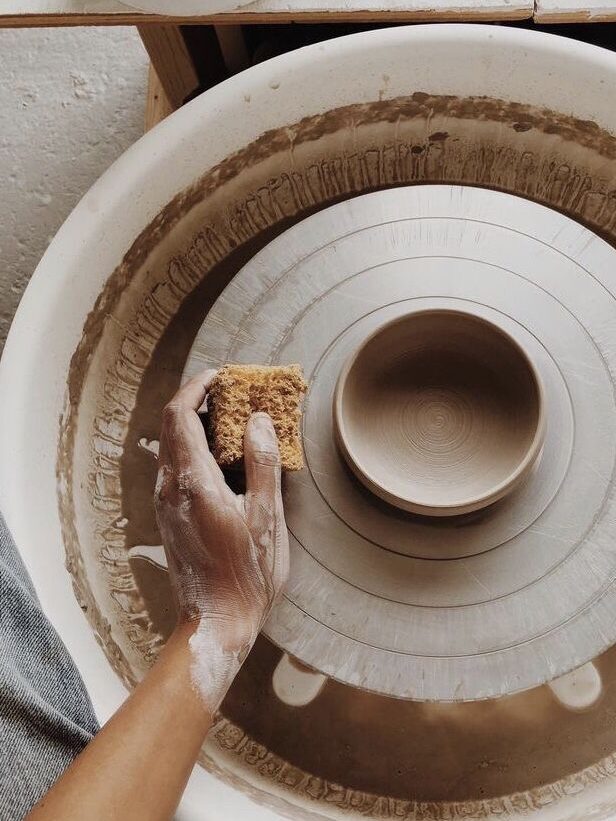Vietnam has a long history of pottery making, dating back to prehistoric times and developing through various historical periods. Pottery in Vietnam has existed for thousands of years, closely linked to the early stages of wet-rice civilization. From the primitive pottery fragments discovered in archaeological sites, we can imagine the simple yet creative life of our ancestors. They knew how to utilize the soft, pliable clay from riverbanks to create items for daily life. Over time, these objects evolved not only as tools but also as symbols of aesthetics, spirituality, and culture.
In history, the pottery craft in Vietnam reached its peak during the Ly – Tran dynasties, when artisans created exquisite products with unique patterns. The Bat Trang pottery village in Hanoi, the Chu Dau pottery village in Hai Duong, and the Phu Lang pottery village in Bac Ninh have all become symbols of the remarkable development of Vietnamese pottery. Products from these villages were not only popular domestically but also exported abroad, particularly to Japan, China, and Southeast Asian countries.
Vietnamese potters are not only skilled but also highly creative. They continuously explore ways to combine earth, water, and fire to create works that are both durable and beautiful. Their skilled hands transform lifeless clay into bowls, cups, vases, Buddha statues, and even ceramic paintings. Each piece features intricate patterns that reflect the daily life, beliefs, and natural landscapes of the Vietnamese people. These include images of dragons, phoenixes, lotuses, bamboo, and vivid depictions of folk tales.
Ceramics not only serve everyday life but also play an important role in the historical development of the country. In ancient tombs, ceramic vases and jars have been found as part of burial rituals, symbolizing respect and remembrance for the deceased. Ceramics also appear in pagodas, temples, and shrines, as a part of sacred spaces. Large architectural works such as the Bao Thien Tower and the One Pillar Pagoda also bear the imprint of Vietnamese ceramic art through fired bricks and mosaic ceramic fragments.
The tradition of pottery making is also a testament to the resilience and creativity of the Vietnamese people. Despite numerous historical upheavals, from wars to the competition of modern industries, the pottery villages have continued to survive and thrive. Potters serve as the keepers of the flame, passing down their skills and passion to the next generation. In them, there is not only talent but also a deep love for the craft, for the land, and for their roots.
Today, in the era of industrialization, the pottery craft still maintains its unique appeal. Ceramic products not only serve practical needs but have also become decorative items, gifts, and even cultural symbols. Many pottery villages have blended tradition with modernity, creating products that cater to new tastes while preserving the essence of the craft.
The pottery tradition in Vietnam is a long story, not only about the skill of the artisans but also about love, patience, and national pride. Vietnamese ceramics are not just handcrafted products; they are vibrant heritage that recounts the journey of a nation through thousands of years of history. And in each ceramic piece, one can almost feel the breath of the earth, the power of fire, and the soul of the Vietnamese people.
The editorial team of The Little Potter's House.

